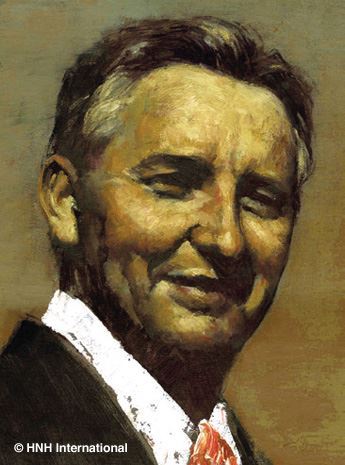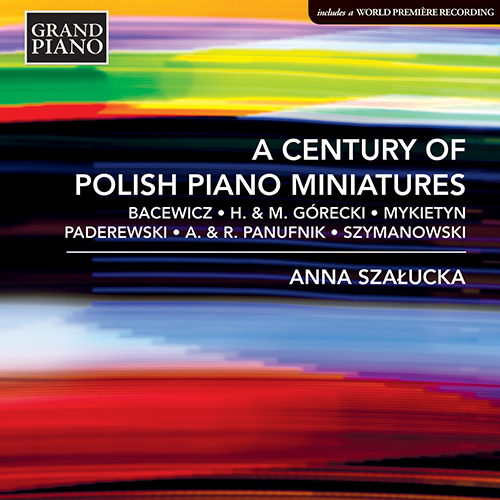
Henryk Mikołaj Górecki (1933 - 2010)
The Polish composer Henryk Mikolaj Górecki was born on 6 December 1933 in Czernica, Silesia. He studied music at the high school of music in Katowice (now the Academy of Music). In 1960 he graduated with distinction from the class of the composer Boleslaw Szabelski (author of five symphonies), who had been taught by Karol Szymanowski. Górecki had his début concert as a composer in 1958 in Katowice, which led to performances of his works in the next editions of the “Warsaw Autumn” International Festival of Contemporary Music (including Symphony No 1 “1959” in 1959 and Scontri in 1960). Shortly afterwards he gained his first significant international success as a composer, winning first prize at the 1961 Biennial Festival of Youth in Paris with his Symphony No 1.
If the style of Górecki’s compositions during his first years of studying could be described as “vital-explosive” with a significant element of post-Bartók moto perpetuo, then by the start of the following decade it had been supplemented by features of post-Webern expressionism—his technical style contains selective usage of serial technique (“free serial technique”).
Among Górecki’s output of the 1960s special attention should be paid to the two cyclical works Genesis I–III (1962–63) and La Musiquette I–IV (1967–70), both of which were created for selected, mostly chamber instrumentations. As much as Genesis is a continuation of the Polish “speciality” of those days, known as “sonorous expressionism”, a considerable limitation of sound material follows in Les Musiquettes. The two cycles were separated by the orchestral Refrain, for which Górecki received third prize at the UNESCO International Rostrum of Composers in Paris 1967. Refrain is seen as a turning point in the style and aesthetics of Górecki’s compositions. The usage of huge blocks of sounds with full textures (here clusters), and above all the creation of a great reverberating “space” of musical events, heralds Górecki as he is known from the legendary (let’s not be afraid of this description) Symphony No 3 “Symphony of Sorrowful Songs” (1976). His Symphony No 2, Kopernikowska, uses a solo baritone and chorus, combining texts from the Psalms and from Copernicus into a remarkable creation.


 Grand Piano has gained a reputation for producing high quality recordings of rare keyboard gems. Dedicated to the exploration of undiscovered piano repertoire, the label specialises in complete cycles of piano works by many lesser-known composers, whose output might otherwise have remained unknown and unrecorded.
Grand Piano has gained a reputation for producing high quality recordings of rare keyboard gems. Dedicated to the exploration of undiscovered piano repertoire, the label specialises in complete cycles of piano works by many lesser-known composers, whose output might otherwise have remained unknown and unrecorded.






